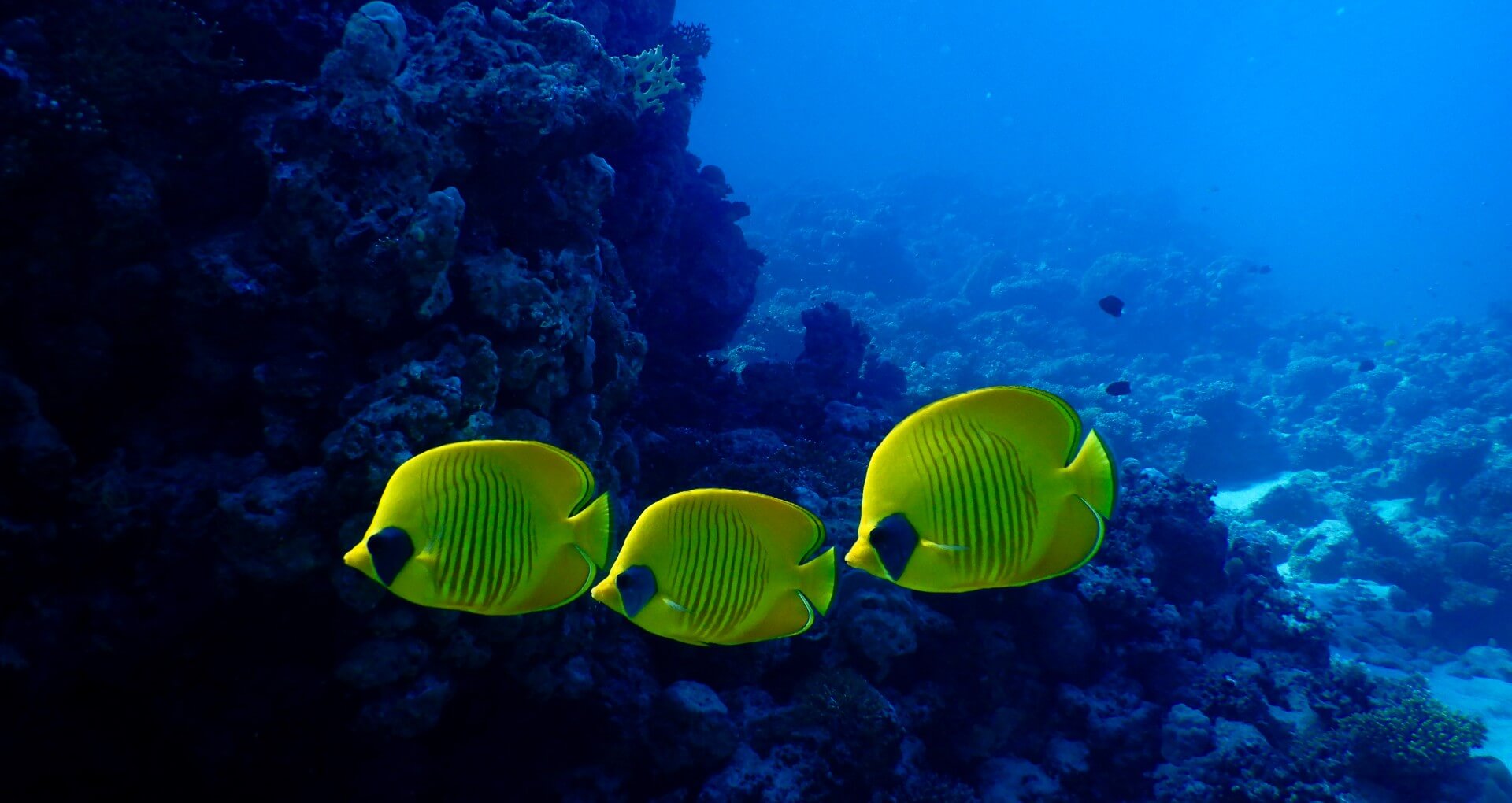Big fish are getting smaller, and little fish are replacing them, says new research

October 4, 2023 | by Nicole Crozier
Organisms are becoming smaller through a combination of species replacement, and changes within species, according to new research recently published in Science.
The research, Widespread shift in body size within populations and assemblages, looked at data from across the world over the last 60 years, and from many types of animals and plants.
The study was carried out by an international team of scientists from 17 universities, including Amanda Bates, University of Victoria biology professor and Impact Chair in Ocean Ecosystem Change and Conservation. This diverse working group was funded by the German Centre for Integrative Biodiversity Research (iDiv).
Previous research showed that the size of trophy fish in fishing competitions has decreased, and that many of the most threatened species are large. The new study furthers this research and shows the change in body size is coming from both individuals within species becoming smaller and larger species being replaced with smaller ones. For example, in some locations, smaller and smaller thorny skate individuals are being observed, while smaller-bodied species like mackerel are increasing in abundance.
"There are many factors that are impacting how large animals are, including climate change. This study shows the fingerprint of fishing on the ocean and that this signal is stronger than other factors,” says Bates.
Across groups of species, complex changes are taking place, with some organisms becoming bigger while others shrink. Shrinking was most common among fish. Among other groups of organisms, such as plants and invertebrates, changes were more varied.
“Our study highlights the importance of considering changes in species’ characteristics at both the individual level and across species if we want to understand the effects of environmental change and human influences on biodiversity globally,” says working group co-lead Franziska Schrodt, from the University of Nottingham.
Researchers also found that in some cases, large organisms were replaced with many small ones, while keeping the total amount of life, known as biomass, constant. This result supports the idea that ecosystems tend to compensate for change by keeping overall biomass of the studied species in a particular habitat stable. It is thought that when large organisms disappear, other organisms try to take their place and use up the resources that become available.
These findings have far-reaching implications for our understanding of how various organisms are adapting to the challenges posed by the Anthropocene era.
“It’s clear the widespread species replacement we see around the world is having measurable consequences,” says Maria Dornelas, senior author on the paper and biology professor at the University of St Andrews. “Organisms becoming smaller has important effects as the size of animals mediates their contribution to how ecosystems function, and how humans benefit from them. Bigger fish can usually feed more people than smaller fish."
This work aligns with the UN’s Sustainable Development Goal 14, life under water, and Goal 15, life on land.
